I have for some time been able to manage with only one flash (!) – the Godox V860III. My copy is made for sitting on a Nikon, but because I trigger it off camera with a Godox XPro, I am able to use the same flashlight across my Nikon, Canon and Fuji cameras. I have to invest in a trigger per camera, but the flash can be the same. This is the first reason why I wanted to stay with Godox – their eco system works really well and the protocol is shared across a lot of their newer products.
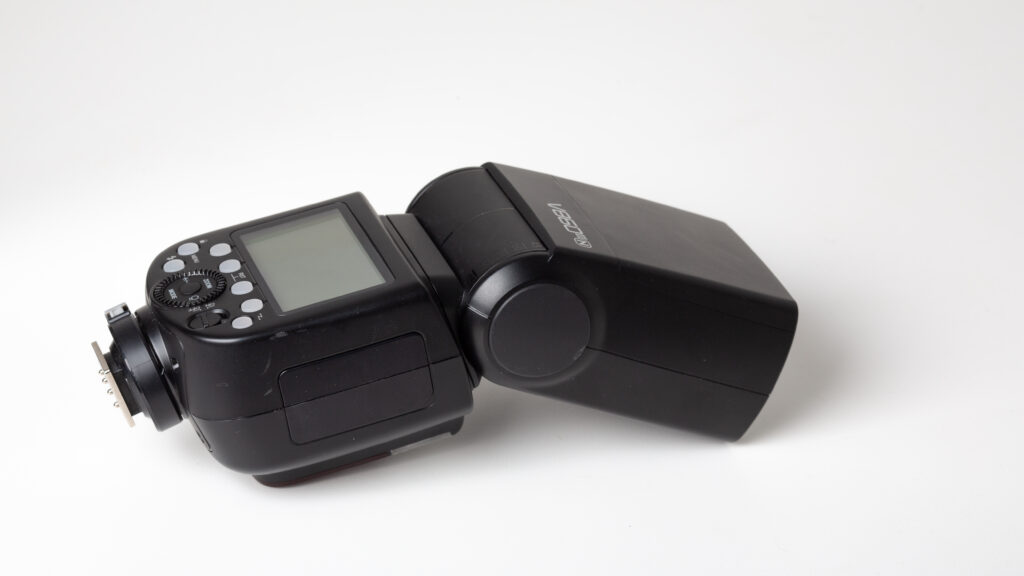
I wanted to get a second flash to give me more options especially when doing product shoots. I did consider getting an additional Godox V860III, but I really do miss a good modelling light, so I am able to see where the light falls before hitting the shutter. The V860III does have a modelling light, but it sits on the base of the flashlight and hence does not follow the turning of the head. And when the flashlight sits in say a softbox, the modelling light is no good at all.
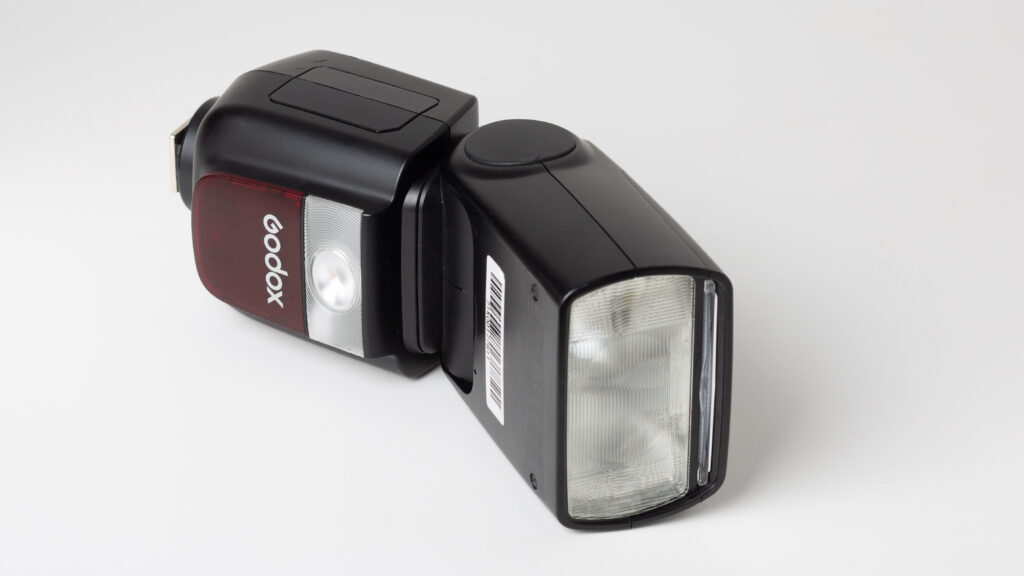
The Godox AD100Pro solves this problem by having the modelling light sitting at the edge of the flash light itself, and hence solves the issue I have with the V860III. It is not a very strong light at only 1.8W, and when sitting in a softbox this is not very useful. But when the flash is used “naked” it is really a helpful feature and for my flower photography I really enjoy the modelling light.
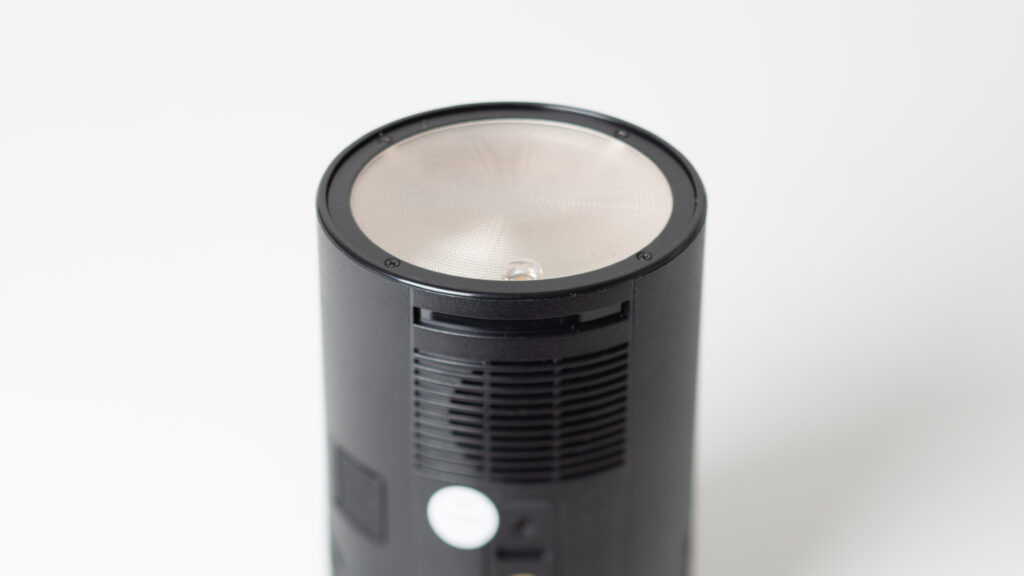
Further, the AD100Pro is not a very big flash. It is marginally larger than a can of coca-cola and as I have only a small studio, having a compact flash is important to me. The flash is not that powerful (only marginally stronger than the V860III) and if you need more power, I suggest you take a closer look at the AD200Pro or AD400Pro to mention a few.
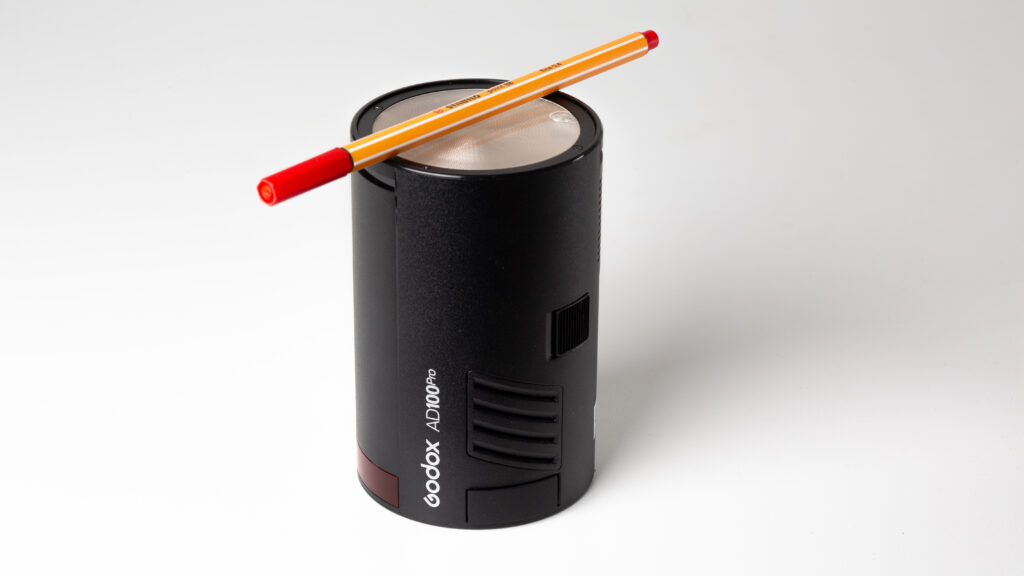
I was able to get the AK-R1 accessory kit that gives a range of modifiers, including barn doors, snoot and gels. The light modifiers snap onto the flash via magnets, and it is so easy and very fast to mount and swap light modifiers. I really enjoy this addition to my flash, although the size of the light source for my usage (typically product shoots) is small and hence gives hard light. But for a focused beam of light to enhance the brand name or a logo on a product, it is really useful.
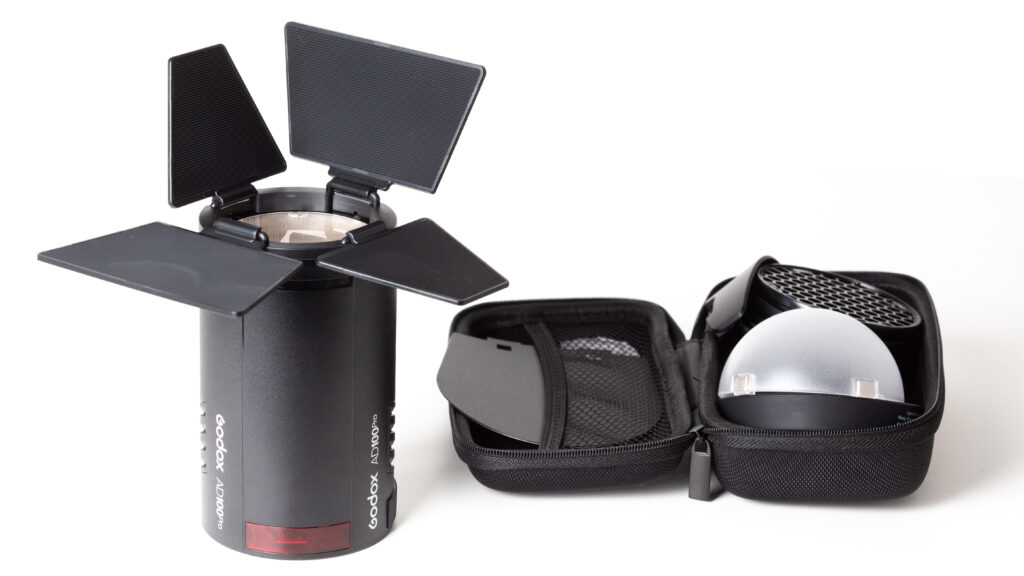
Finally, the Lithium battery that comes with the AD100Pro is – even when I shoot at full power – able to recycle in a matter of seconds. And the battery easily supports one of my shooting sessions (1-2 hours typically) without a need for charging.
Summary
The Godox AD100Pro works really well for me, but your preferences and use case may vary from mine. If you need lots of power, I recommend that you look to some of the larger models (AD200 and AD400), especially if you want some modelling light that is useful also in daylight when sitting in a softbox.
Video link
